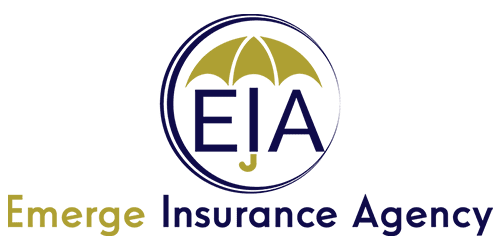A personal umbrella policy is the Swiss Army Knife of insurance policies. It’s versatile, yet powerful. Here are 10 actual claims on a personal umbrella policy.
Example Claim # 1: A babysitter left a 5 month old infant unattended in a walker. The infant toppled the walker, struck her head on the floor and suffered brain damage. The parents of the infant sued the teenage babysitter and her parents. The court awarded the infant’s parents $11,000,000.
Example Claim # 2: An insured’s daughter hated math class as well as the teacher. The daughter made several “disparaging” and false remarks about her teacher online. The teacher sued the parents for personal injury and $750,000 was paid.
Example Claim # 3: The insured’s 18 year old son was driving the insured’s car on a short trip to the store with his girlfriend. He lost control of the car and struck a tree. The insured’s son told the police that a vehicle cut him off, but there were no witnesses and no evidence of any impact with another car. His girlfriend, a 19 year old college student, was hospitalized for over a month with multiple fractures and internal injuries. She was in a wheelchair but is now able to walk with crutches and continues with physical therapy. She has a right drop foot as a result of the injuries. The insured’s personal umbrella policy limit was paid.
Example Claim # 4: A 28-year old engineer dove into a friend’s above ground swimming pool struck his head on the bottom and, as a result became a quadriplegic. He sued both the homeowner and the pool manufacturer. The court found the homeowner to be 60 percent responsible and the pool manufacturer to be 40 percent responsible, and awarded $10,000,000.
Example Claim # 5: The insured’s tenant claims she became ill from carbon monoxide poisoning resulting from a faulty furnace. The tenant claimed permanent brain damage and demanded $750,000.
Example Claim # 6: A teenager, who was destined for greatness as a softball player, filed a $700,000 lawsuit against her former coach, alleging his “incorrect” teaching style ruined her chances for an athletic scholarship.
Example Claim # 7: A hillside on the insured’s property was covered with concrete to prevent erosion. The concrete had been installed before the insured purchased the property. Approximately 5 feet of the concrete fell to the neighboring property knocking the claimant’s home from its foundation. The resulting claim was settled for $970,000.
Example Claim # 8: The insured permitted several of her children and their friends to play paintball in her large back yard. The children were experienced and advised of all the safety rules including the use of headgear at all times. A participant removed her headgear as she was leaving the field in order to better hear someone calling her name. The minor claimant was hit in the eye resulting in a $475,000 settlement.
Example Claim # 9: The insured hosted a beach party for their daughter. One of the attendees found what was believed to be an empty and discarded propane tank. The tank was thrown into a beach bonfire and subsequently exploded resulting in severe injuries to several guests. A $20,000,000 claim was filed alleging the insured failed to properly supervise the party.
Example Claim # 10: A couple hosted a party for their teenage children. They did not provide any alcohol, but it was brought by some of the guests and was available. After leaving the party, one of the guests was severely injured in an auto accident, and the injury was attributed to his consumption of alcohol. This case went to the Wisconsin Supreme Court which decided that anyone who sells or furnishes alcohol to a minor is responsible for the minor’s injuries as well as any injuries caused by the minor. The opinion of the court was that the homeowners should have prevented the consumption of alcohol by minors on their premises. Both the homeowners and personal umbrella policies responded to this claim.
**The above losses show the consequences of situations that can quickly exhaust the liability limits of the underlying policies. For less than the cost of a cup of coffee a day, most people can purchase a Personal Umbrella Policy with a limit of $1,000,000 possibly $2,000,000 or even $5,000,000.Get coverage today. Call Emerge Insurance Agency at 904-677-5884 or contact us online to learn more about personal umbrella insurance. (Article Courtesy: Chubb) EMERGE INSUANCE AGENCY904-677-5884











